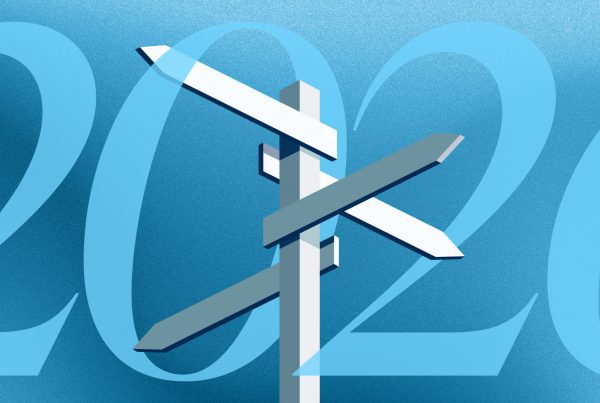Note: This piece was originally published over the weekend in our Sunday newsletter. Want content like this delivered to your inbox before it hits our blog? Subscribe here or at the link below.
The Standout News: Brought to You By People Who Are Smarter Than We Are
Jimmy Kimmel, who’s used his talk show to speak on healthcare and politics numerous times, jumped in again last week with a pro-vaccine montage. It featured a handful of physicians who flashed their credentials (and student debt) and insulted people who haven’t gotten the shot. It was self-righteous, hilarious and very cathartic. But not helpful.
Our Take
(2.5-minute read)
We’re offering the white coats a little free communications advice: Skip Plan A – “A” for Aggression – when trying to change behavior. When we talk about using doctors and nurses to advocate and inform because they’re your most trusted voices…this isn’t what we’re recommending. Put simply: Don’t go all Kimmel on your patients. Leave the biting comedy to the pros.
Look, we get it. The absolutely legitimate frustration your caregivers feel having experienced firsthand the trauma COVID-19 can cause and continuing to hear people railing against the vaccines or still denying the virus is an issue.
Even so, wanna make someone dig in their heels? Insult them. Make fun of them. Piss them off.
Of course, Kimmel’s doing a bit, not offering an actual public health PSA (as far as we know). We haven’t seen any of you take his approach. But don’t let it rub off. Don’t let the frustration you feel about stagnant vaccination numbers cloud your pro-vaccine communications going forward. As much as you’d like to verbally throttle people who aren’t inclined to contribute to herd immunity, just…don’t.
Experts say the next 100 million doses will be harder to give than everything we’ve done up to this point. A recent STAT News article titled Vaccinations are plateauing. Don’t blame it on ‘resistance’ put it this way: “As daily vaccination rates settle and the country’s progress toward herd immunity slows down, let’s not rush to the same misguided conclusion that this is mostly about lack of vaccine confidence.” Labeling those who buy into falsehoods “as hesitant or resisters only hardens their viewpoints.”
So how do we make this easier? Well, the CDC’s lifting of the mask mandate is certainly a significant carrot (vs. stick) that ought to go a long way. Otherwise, here’s some advice from your favorite spin doctors – that’d be us – about how to get people to roll up their sleeves.
Listen to understand. You knew we’d include “listen” here. There’s a lot of research out there about what’s keeping people from getting vaccinated. Digest it. Consider what it means for the specific communities you serve. Go to those communities and ask about their experience with the vaccine – why they got it or why they didn’t. Check with influential leaders like clergy and teachers to get a sense of what their communities are thinking and feeling.
Recognize that data only goes so far. Numbers are good to back the position you’re advocating. Combine those with real-life anecdotes for a one-two punch that brings home understanding. Stories resonate far more than bar charts, which is something people who intentionally mislead know well. So as healthcare providers, tell stories about what the vaccine allows people to do, the peace of mind it brings – and back them up with good data. People aren’t asking, “What are the numbers?” They’re asking, “How will this affect me?” Paint the picture.
Set expectations with your clinicians. Doctors and nurses have a lot on them already, so arm them to inform, educate and advocate. Give them the tools they need to do so – whether it’s talking points, collateral, access to your organization’s channels or coaching on how to engage with people who have a contrarian view. Remind them that what they say about this issue reflects on the organization, even when speaking on their own time and channels. This isn’t to say you should take action against a physician who speaks out in a way you don’t approve of; instead, be proactive in reminding people about their role, their mission and the trust people have in them.
Remember that carrot. The CDC lifting mask mandates for those who have been vaccinated is an incentive for those who haven’t. The promise of returning to normalcy should be more effective than threats and insults for those who are still on the fence. Reinforce messages focused on the benefits of vaccination.
Stick with it. We know this is yet another frustration in a year full of them. Hang in there. We may not be able to convince all, but with persistence and calm patience we can convince many. A positive approach – and even a little good-natured humor – will go a long way toward getting more jabs in arms.
Subscribe to Jarrard Insights & News
"*" indicates required fields




